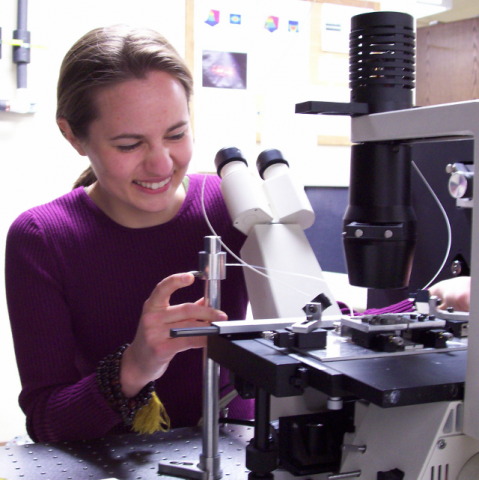Recent advances in the field of biomechanics have led to the development of the optical stretcher, a novel fiber optic device that can be used to measure the biomechanical properties of isolated cells. The stretcher employs the radiation pressure of near-infrared light to trap and stretch cells with a force that is easily controlled by adjusting the laser intensity (Guck et al., 2001). The optical stretcher has advantages over current techniques that are used to apply a force. Unlike mechanical techniques, such as calibrated glass fibers, the optical stretcher does not make physical contact with the cell, potentially making it less likely to cause damage during the application. Unlike single beam optical traps that generally pull on a single point (such as a bead that has been chemically tethered to the cell), the stretcher exerts a force on the entire surface of the cell. In short, the optical stretcher promises to be a superior instrument for cellular mechanics, permitting studies that are not possible with current techniques.




